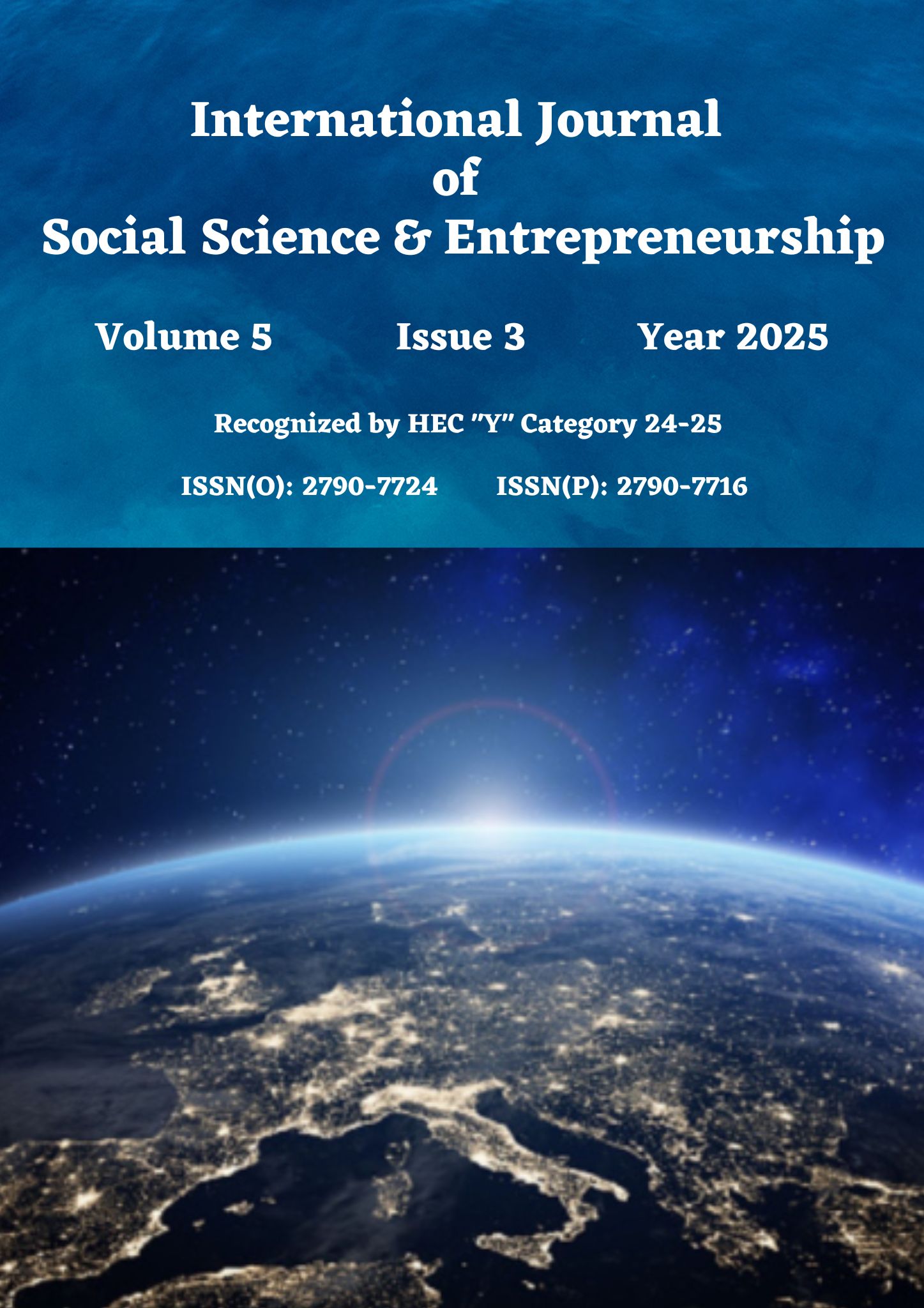CBDC vs Cryptocurrency in Pakistan: A Comparative Review
DOI:
https://doi.org/10.58622/43pr7188Keywords:
Decentralization, CBDC, Cryptocurrencies, Distributed Ledger Technology , Virtual Asset Ordinance, Digital Pakistani Rupee, Pakistan Crypto CouncilAbstract
This analytical review examines Pakistan's dual-path approach to digital finance by assessing the policy tension between decentralized cryptocurrencies (CC) and a Central Bank Digital Currency (CBDC). Through a comprehensive analysis of grey literature and policy documents, the study identifies a significant ideological struggle between risk-averse financial institutions and a pro-innovative government faction. Our findings reveal that this conflict has led to a pragmatic, dual-track strategy: the formalization of the CC market via the Virtual Assets Ordinance 2025 and the parallel development of a state-controlled CBDC. The research quantifies the scale of the informal CC economy, estimating it involves 15-20 million Pakistanis and holds the potential to unlock $20-25 billion in dormant assets for the formal economy. Concurrently, the Digital Pakistani Rupee (CBDC) is projected to reduce the substantial direct costs of cash, estimated at Rs76 billion annually, and enhance financial inclusion for approximately 100 million unbanked adults. The study concludes that for this dual strategy to succeed, Pakistan must prioritize policy harmonization, a privacy-centric CBDC design, and a streamlined regulatory framework for virtual assets. This case offers critical lessons for developing nations navigating the trade-offs between financial innovation, stability, and inclusion









